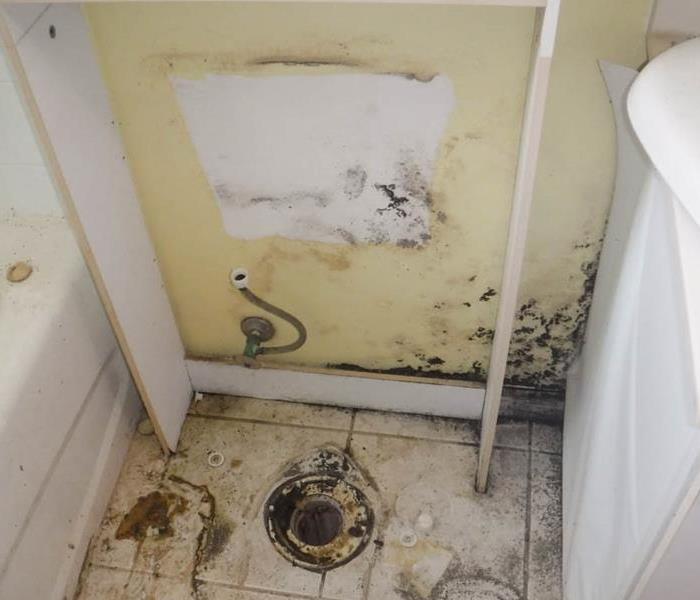Top Mold-Resistant Building Materials
11/19/2023 (Permalink)
 Mold growth is a common issue in many homes, leading to unsightly stains, unpleasant odors, and potential structural damage.
Mold growth is a common issue in many homes, leading to unsightly stains, unpleasant odors, and potential structural damage.
Mold growth is a common issue in many homes, leading to unsightly stains, unpleasant odors, and potential structural damage. Using mold-resistant building materials and implementing techniques can help prevent mold growth and enhance the overall quality of your home. In this blog, we will explore various mold-resistant building materials and techniques that can effectively deter mold growth, ensuring a healthier living environment.
Mold-Resistant Drywall
Traditional drywall can be a breeding ground for mold if exposed to moisture. However, mold-resistant drywall has additives that resist mold growth. It is particularly useful in areas prone to moisture, such as bathrooms, kitchens, and basements. Mold-resistant drywall can significantly reduce the risk of mold infestation, protecting the integrity and appearance of walls in your home.
Moisture-Resistant Insulation
Insulation plays a vital role in maintaining temperature control and energy efficiency in a home. However, traditional insulation materials can retain moisture and promote mold growth. Opting for moisture-resistant insulation, such as closed-cell foam or rock wool, can help prevent mold issues by resisting moisture absorption and providing a barrier against mold formation.
Proper Ventilation Systems
Effective ventilation is crucial in reducing excess moisture levels and preventing mold growth. Installing proper ventilation systems, such as exhaust fans in bathrooms and kitchens, can help remove excess humidity. Additionally, ensuring adequate airflow throughout the home, including in attics and crawl spaces, can prevent moisture buildup that could lead to mold infestations.
Mold-Resistant Paints and Coatings
Applying mold-resistant paints and coatings to surfaces can provide an extra layer of protection against mold growth. These specialized paints and coatings contain antimicrobial properties, inhibiting mold and mildew formation. Using mold-resistant paints on walls, ceilings, and other susceptible surfaces can help maintain a clean and mold-free environment.
Building Design and Waterproofing
Proper building design and waterproofing techniques are crucial in preventing moisture infiltration and subsequent mold growth. Implementing strategies such as proper grading and drainage, the installation of vapor barriers, and sealing potential entry points for water can significantly reduce the risk of water damage and mold infestations.
In addition to using mold-resistant building materials and techniques, regular maintenance and proactive measures are essential for preventing mold growth. This includes promptly repairing any leaks or water damage, controlling humidity levels, and ensuring proper ventilation throughout the home. By adopting a holistic approach that combines preventive measures with ongoing maintenance, homeowners can create a mold-resistant environment that promotes a healthier and more enjoyable living space.
By incorporating mold-resistant building materials and techniques into your home construction or renovation projects, you can effectively prevent mold growth and enhance the quality of your living environment. From mold-resistant drywall to proper ventilation systems, these preventive measures ensure a mold-free home. Preserve the integrity of your property and enjoy a healthier living space by embracing mold-resistant building practices.






 24/7 Emergency Service
24/7 Emergency Service